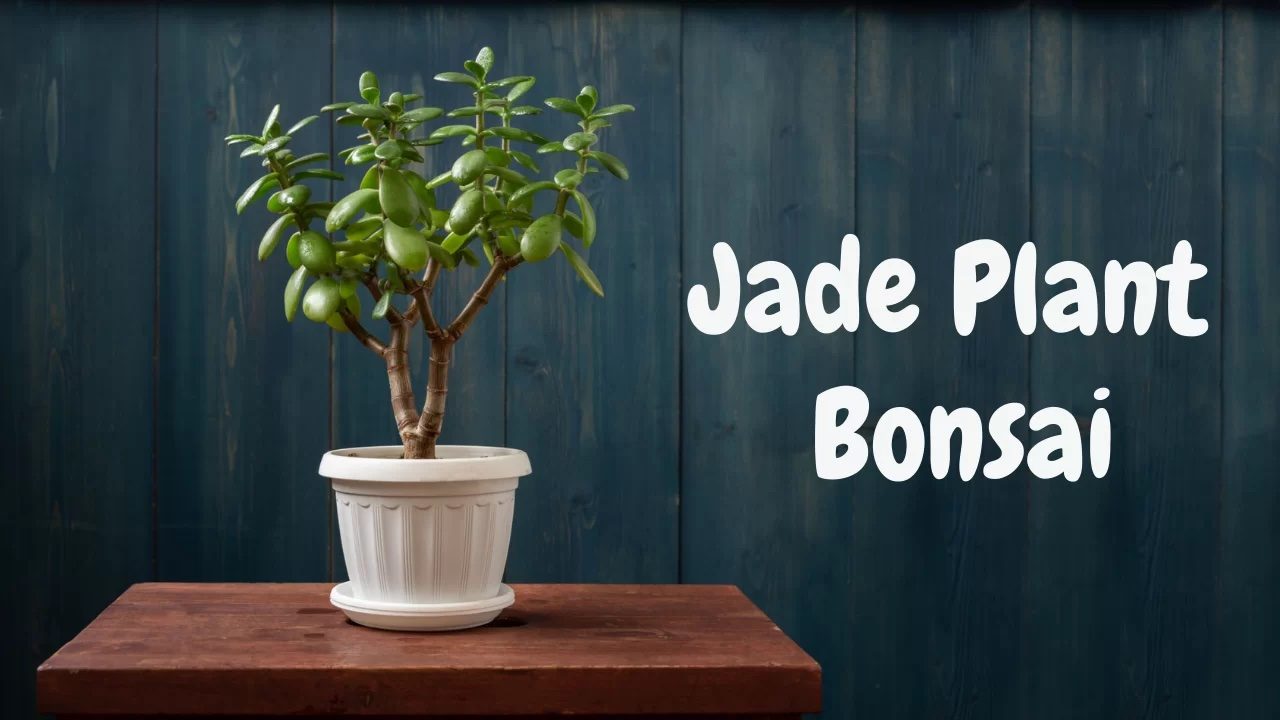- No products in the cart.
Jade plants, also known as money plants, belong to the succulent family and are favored by many plant enthusiasts due to their ease of growth and maintenance. These plants require minimal watering and can live for many years. Moreover, they can be propagated easily from small clippings. If you’re interested in growing your own Jade plant, take the necessary Jade plant care steps to learn how to cultivate, care for, and sustain this beautiful plant.
Growing a Jade Plant from a Cutting: Step-by-Step

1. Selecting a Cutting to Grow a Jade Plant.
If you have access to a mature Jade plant or know someone who does, you can propagate new Jade plants by cutting off a stem from the mature plant. It’s best to choose a section of the plant with a thick stem and healthy leaves.
- Use sharp and sanitized clippers to cut the stem, leaving a few inches of space between the bottom of the stem and the leaves to avoid any damage to the leaves while planting.

2. Let the stem dry for a while.
Allow the cutting to dry for a few days before planting to promote healthy rooting. Keep the cutting in a dry place until it appears to be slightly dry and the cut end of the stem has formed a scab.
- The drying process may take longer for larger cuttings and during the winter months compared to the warmer summer months.
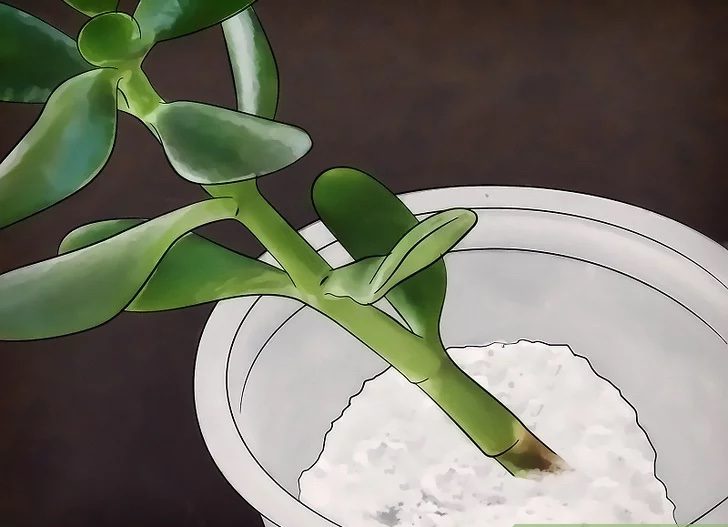
3. Apply a rooting hormone to the cut end of the stem.
Rooting hormone, which is also known as rooting tonic, is a mixture of various plant hormones that can assist cuttings to grow successfully. You can make your own homemade rooting hormone or purchase a commercial rooting hormone.
- If you are using a powder rooting hormone, dip the bottom of the stem into the powder and tap off any excess. If you are using a liquid rooting hormone, apply it directly to the bottom of the stem with a small brush or by dipping the stem into the liquid. Be sure to use clean tools and containers to avoid contaminating the rooting hormone.
- To prevent contamination of your bottle of rooting hormone, pour a small amount into a separate container. Use the rooting hormone in your container for propagating the cutting, and dispose of any excess. This will ensure that the remaining rooting hormone stays fresh and uncontaminated.
- This step is not mandatory, as Jade plants are naturally capable of rooting without any additional help. However, using rooting hormone may improve the success rate of your propagation.

4. Prepare a container by filling it with appropriate soil.
Using regular potting soil is not recommended for Jade plants because it can be too heavy for them to root in. Instead, it is best to use a soil specifically made for succulent plants, or you can make your own by adding sand to improve drainage. It is important to keep in mind that Jade plants require well-draining soil.
- Mixing your own soil is a great way to ensure that your Jade plant is getting the right type of soil it needs. A good soil mix for Jade plants is one part sand, one part perlite, and one part compost or potting soil. This will provide good drainage and aeration for the plant’s roots. You can purchase these ingredients at a nursery or garden center.
- Using a clay pot can help improve drainage for your Jade plant. Make sure the pot has a drainage hole at the bottom to allow excess water to escape. If you use a saucer under the pot, be sure to empty any excess water from it regularly.
- If you only have a small Jade plant cutting, you can use a small pot since these plants don’t require a lot of space.
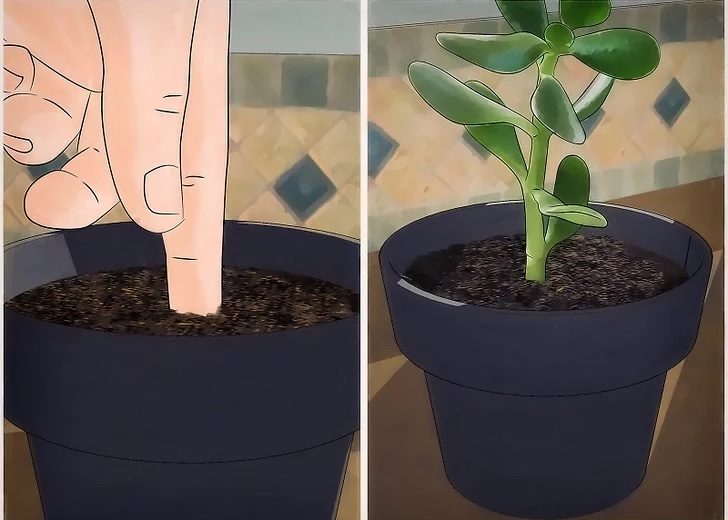
5. Plant the Jade cutting.
When planting the Jade cutting, make a small hole in the soil with your finger or a pencil, and gently place the stem into the hole. If you used rooting hormone, make sure that it is covered by the soil. If you didn’t use rooting hormone, plant the stem deep enough so that the plant can stand upright on its own.
- Gently press the soil around the stem, making sure it is not too compacted, which could hinder drainage. The soil should be firm enough to support the stem but not so tight that it prevents water from draining out.
- If planting the cutting directly into soil does not work for you, you can consider rooting it in water. Simply place your cutting in a jar with the bottom of the stem just above the surface of the water. The cutting will eventually develop roots, and then you can transplant it into soil.

6. Put the plant in a location with adequate sunlight.
Ensuring that your young Jade plant gets adequate sunlight is crucial, but it should not be placed in direct sunlight, as this can cause the leaves to scorch. After about three to four weeks, you may observe new growth at the top of the plant, indicating that the plant has successfully rooted.
- It’s important to avoid watering your plant while it’s still rooting. Excess moisture can cause the stem to rot, which may lead to the death of the plant.
- After your Jade plant has successfully rooted, you may think about transferring it to a bigger pot if desired.
- If your Jade plant cutting does not seem to be rooting, do not panic and wait a few more weeks before taking any action. Succulent plants have a natural ability to root easily, so it may simply require more time. Another option is to gently remove the cutting from the soil to check if roots have begun to grow. However, refrain from doing this frequently as it can slow down the rooting process.
Caring for a Jade Plant Bonsai

7. Let the plant dry out before watering.
Jade plants are succulents and do not require frequent watering. Check the soil for moisture before watering. If the soil feels moist, do not water. However, if the leaves are wilting, the plant needs water.
- To check if your Jade plant needs watering, stick your finger up to the first knuckle into the soil. Water it only if the soil is dry, and avoid watering if the soil is still moist.
- During winter, it’s important to check the soil of your Jade plant as it may require less frequent watering.
- Soaking the entire pot in water is a great method for watering succulents, as it allows the plant to soak up the water from the bottom. But pouring water into the pot through the top is also acceptable. Regardless of the method you choose, it’s crucial to ensure that excess water is allowed to drain completely from the pot.
- Avoid leaving excess water in the saucer under the pot, as it can lead to root rot. Make sure to empty the saucer if there is any standing water.
- Avoid getting the leaves wet when watering your Jade plant.

8. Put the plant in a sunny spot.
Jade plants care require a moderate amount of sunlight, so avoid putting them in direct sunlight for extended periods. Placing your jade plant in a south-facing window may cause it to get sunburned. Instead, choose a spot where your plant can get 3 to 5 hours of sunlight per day.
- To avoid leaf burn, it is recommended to move your jade plant gradually from a dark corner to a bright location. Start by placing it in an area with indirect sunlight for a few days, then gradually increase the exposure to sunlight by moving it to an area with a bit more sunshine. Repeat this process until you reach the desired location.
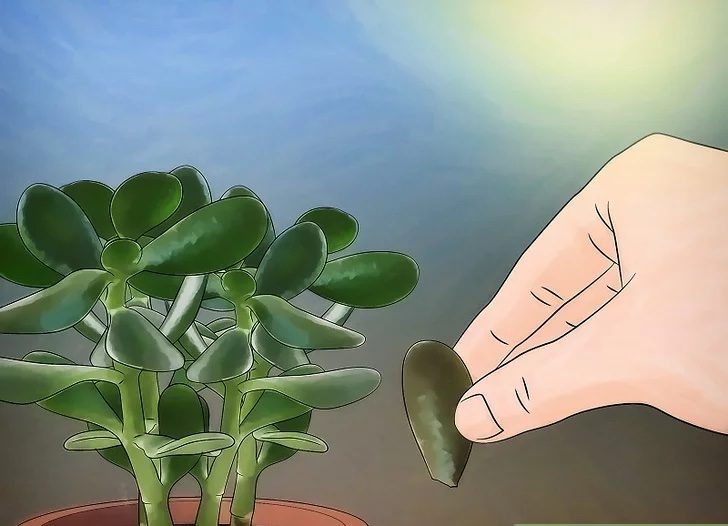
9. Keep the Jade plant neat.
To keep your Jade plant neat and healthy, remove any fallen leaves from the pot and consider pruning it. When pruning, be careful not to damage the main stem, as this can harm or kill the plant.
- Cutting off new growth help the Jade plant maintain a bushier shape and prevent it from becoming too thin and spindly.

10. Maintain the appropriate temperature for the plant.
Jade plants are easy to care for and don’t require specific temperature conditions. Simply keep them at room temperature and avoid placing them in direct sunlight for prolonged periods, such as in a south-facing window.
- Jade plants prefer a slightly cooler temperature during the winter months, ideally around 55 degrees Fahrenheit or 13 degrees Celsius.
Maintaining a Jade Plant Bonsai
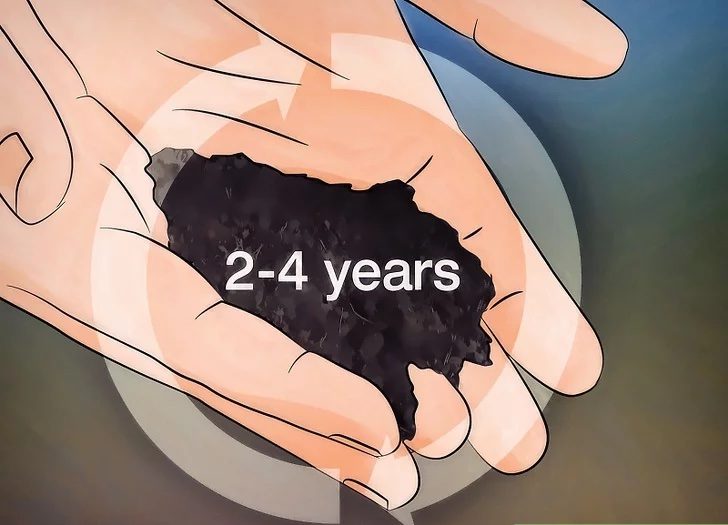
11. Repot your Jade plant every 2-4 years.
It is possible to keep your jade plant in the same pot for an extended period, but it’s recommended to replace the soil every 2-4 years to inspect the roots for any signs of damage or rot. Replacing the soil will also provide the plant with fresh, dry soil, ensuring that it continues to thrive. Overwatering the plant should be avoided to prevent root rot.
- Replanting a Jade plant may help it recover if you observe that it is not thriving as well as it used to after many years.

12. Dust the leaves to keep them clean.
Clean dusty leaves of your jade plant using a soft cloth or by placing the plant outside during a rainy day to rinse off the dust. Keeping the leaves clean is also a crucial step in jade plant care
- But make sure the leaves can totally dry off if they do get wet. A plant whose leaves have water on them may decay or develop mildew.

13. Eliminate any insect infestations.
Although it is not a frequent issue, Jade plants sometimes get pest infestations. Use some rubbing alcohol and a cotton swab to gently wipe down your plant’s leaves if you find that it has a problem with little mealybugs.
- Look for little, fluffy, white deposits on the leaves when searching for bugs. They indicate the presence of bugs. Red spiders are also easy to spot using a magnifying lens because they are too little to be seen with the naked eye.
- Avoid washing your plant with insecticidal soap because it could harm the leaves.
- Bugs may indicate a problem with your plant. Usually, restoring your plant’s health will keep pests away.
In conclusion, the key to successful jade plant care is to prioritize its sunlight, soil, and watering needs. By following these essential steps and providing your plant with the necessary care and attention, you can enjoy the beauty and benefits of your jade plant for many years to come.

